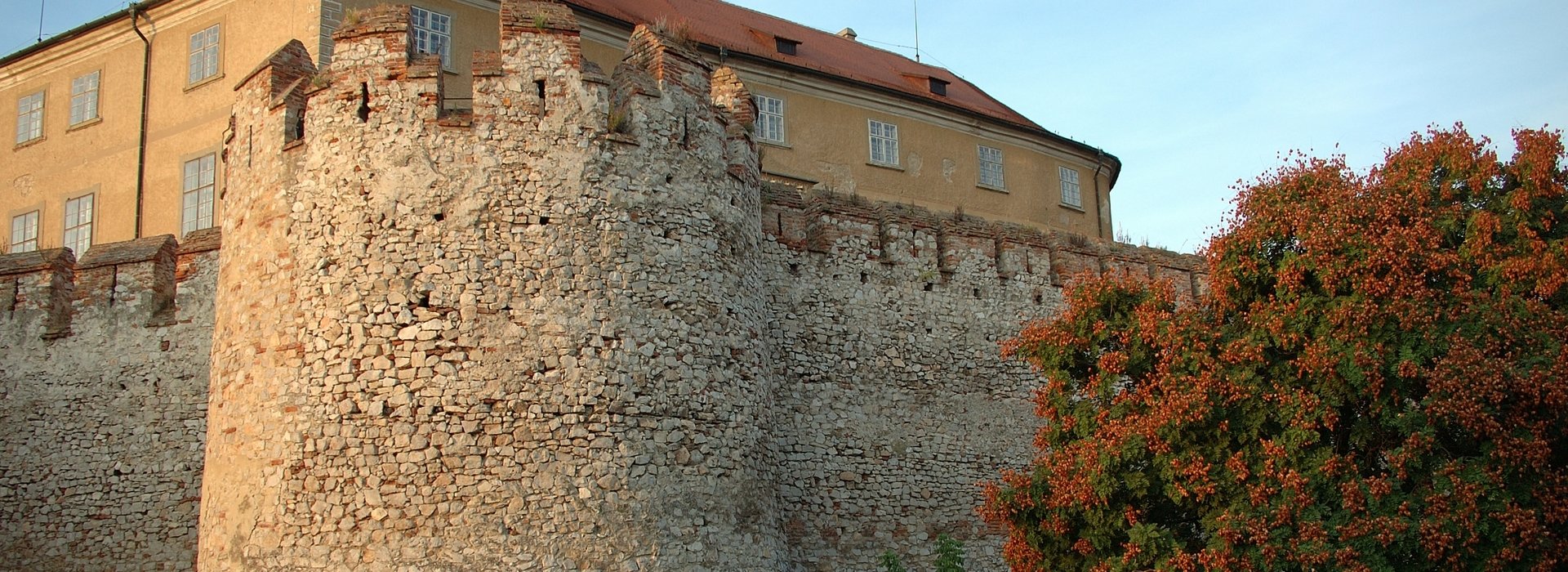

Even in prehistoric times man found shelter and a place to settle in the Pécs region. Protected by the Mecsek hill, the Roman settlement of Sopianae had already become a city 2000 years ago. By the end of the 3rd century AD Sopianae was one of the administrative centres of the province of Pannonia. Romans arriving here from the Mediterranean area almost certainly felt at home, and present-day guests from Italy probably feel the same when they visit modern-day Pécs. Indeed, is there any Hungarian city that is more "Italian" than Pécs? Looking at Széchényi tér (square) and the incandescent stones of the Jami (a type of mosque) on a hot summers day, walking through the southern-style Jókai tér in the late afternoon, visiting the promenade, the open-air restaurants and cafés of Király utca (street), and sitting down on the stone rims of the fountains on Színház tér, the visitor can feel transported to Italy. Viewing the city panorama from Harkány, the traveller could be in the hills of Toscana or Lazio.
It is certainly no accident that Janus Pannonius, the poet educated in the Italian renaissance, made his home at the episcopal castle. He sang of the almond tree flowering in wintertime, which even today are still blooming under the Niké statue, on Havihegy (hill) or in the Szkókó district at the beginning of spring. Looking down across the glittering surface of the Pellérd lakes, the eye searches for the sea in the distance, but the horizon is closed by the Croatian mountains, although the Adriatic Sea is only a few hundred kilometres behind them. Locals often imagine how marvellous it would be if only a small bay of Adriatic could wash upon the foot of the Mecsek hill. But alas for Pécs there is not even a small river...